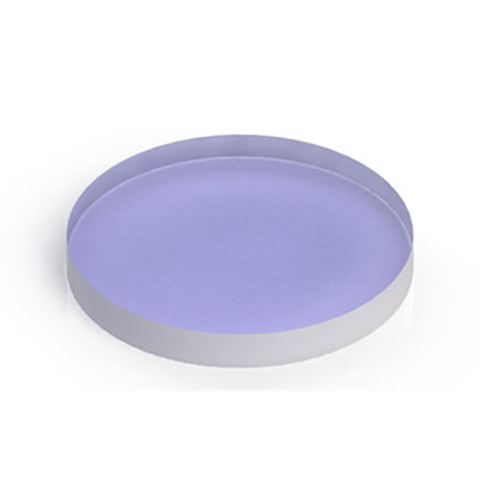Non-Polarizing
Cube Beamsplitters
Paralight Optics offers cube beamsplitters available in polarizing or non-polarizing models. The polarizing cube beamsplitters will split light of s- and p-polarization states differently allowing the user to add polarized light into the system. Whereas the non-polarizing cube beamsplitters are designed to split incident light by a specified split ratio that is independent of the light’s wavelength or polarization state. Even though non-polarizing beamsplitters are specifically controlled not to alter the S and P polarization states of the incoming light, given the randomly polarized input light, there will still be some polarization effects, that means there is difference in reflection and transmission for S and P pol., but they depend on specific beamsplitter type. If polarization states are not critical for your application, we recommend using non-polarizing beamplitters.
Non-polarizing beamsplitters basically split light into a specific R/T ratio of 10:90, 30:70, 50:50, 70:30, or 90:10 while maintaining the incident light’s original polarization state. For example, in the case of a 50/50 non-polarizing beamsplitter, the transmitted P and S polarization states and the reflected P and S polarization states are split at the design ratio. These beamsplitters are ideal for maintaining polarization in applications utilizing polarized light. Dichroic Beamsplitters split light by wavelength. Options range from laser beam combiners designed for specific laser wavelengths to broadband hot and cold mirrors for splitting visible and infrared light. Dichroic beamsplitters are commonly used in fluorescence applications.

Features:
Substrate Material:
RoHS Compliant
Coating Options:
All Dielectric Coatings
Cemented by:
NOA61
Design Options:
Custom Design Available

Common Specifications:

Reference Drawing for
Cube Beamsplitter
The dielectric beamsplitter coating is applied to the hypotenuse of one of the two prisms, AR coating on both input and output faces.
Parameters
Ranges & Tolerances
-
Type
Non-polarizing cube beamsplitter
-
Dimension Tolerance
+/-0.20 mm
-
Surface Quality (Scratch-Dig)
60 - 40
-
Surface Flatness (Plano Side)
< λ/4 @632.8 nm
-
Transmitted Wavefront Error
< λ/4 @632.8 nm over clear aperture
-
Beam Deviation
Transmitted: 0° ± 3 arcmin | Reflected: 90° ± 3 arcmin
-
Chamfer
Protected < 0.5mm X 45°
-
Split Ratio (R:T) Tolerance
±5% [T=(Ts+Tp)/2, R=(Rs+Rp)/2]
-
Clear Aperture
> 90%
-
Coating (AOI=45°)
Partially reflective coating on hyphtenuse surfaces, AR coating on all entrances
-
Damage Threshold
> 500mJ/cm2, 20ns, 20Hz, @1064nm

Graphs
Our non-polarizing cube beamsplitters cover the wavelength ranges of Visible, NIR, and IR ranges, split ratios (T/R) include 10:90, 30:70, 50:50, 70:30, or 90:10 with a minimal dependence on the polarization of the incident light. Please contact us for more details if you are interested in any of beamsplitters.

50:50 Cube Beamsplitter @650-900nm at 45° AOI













